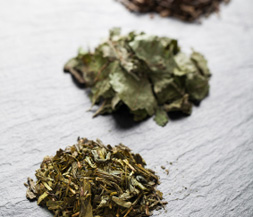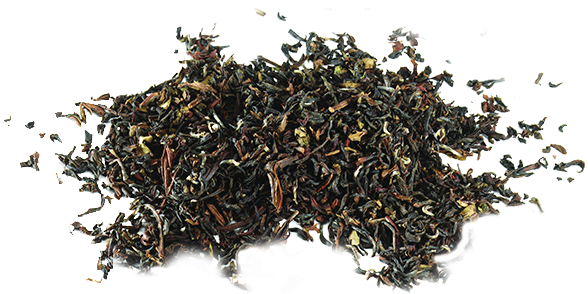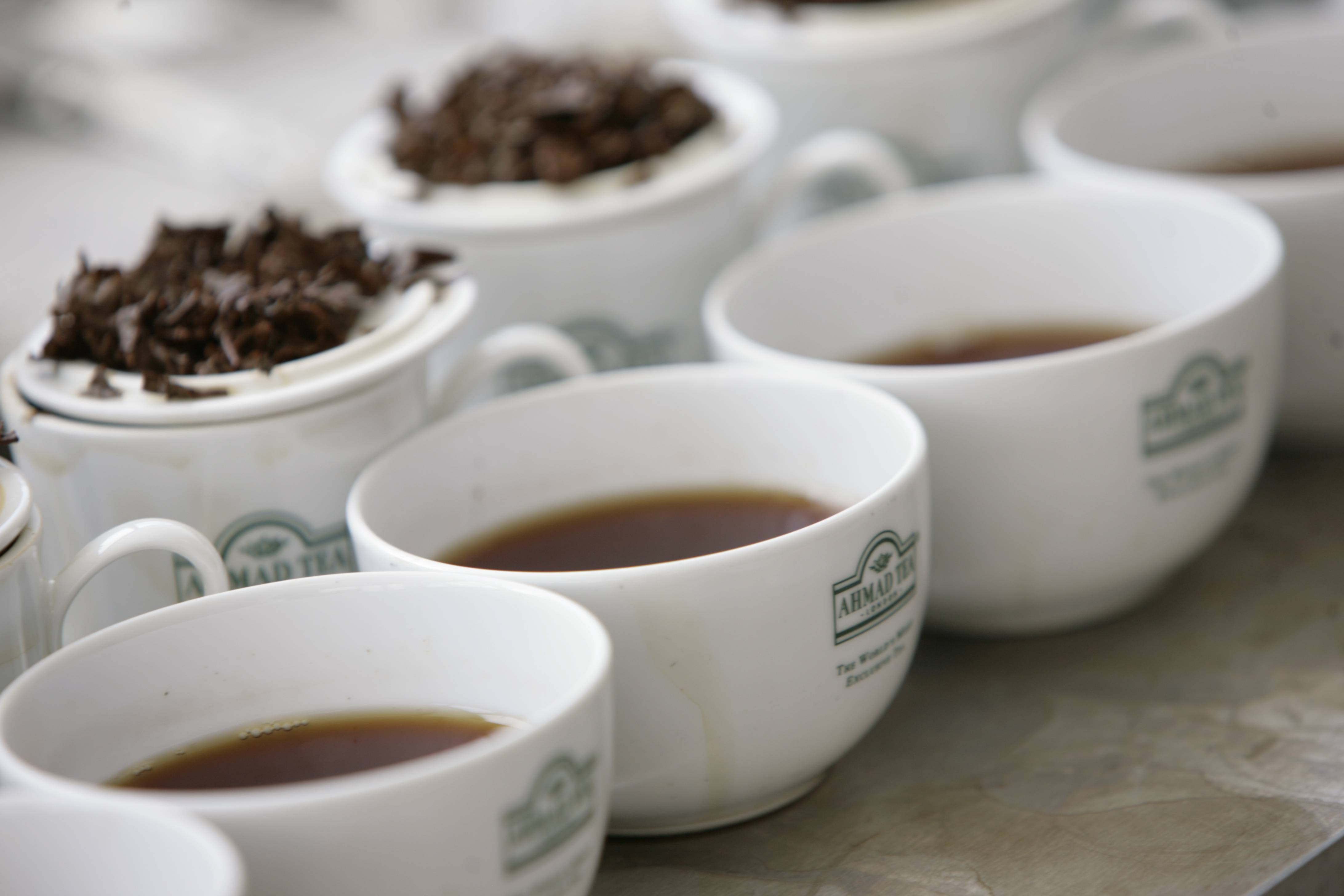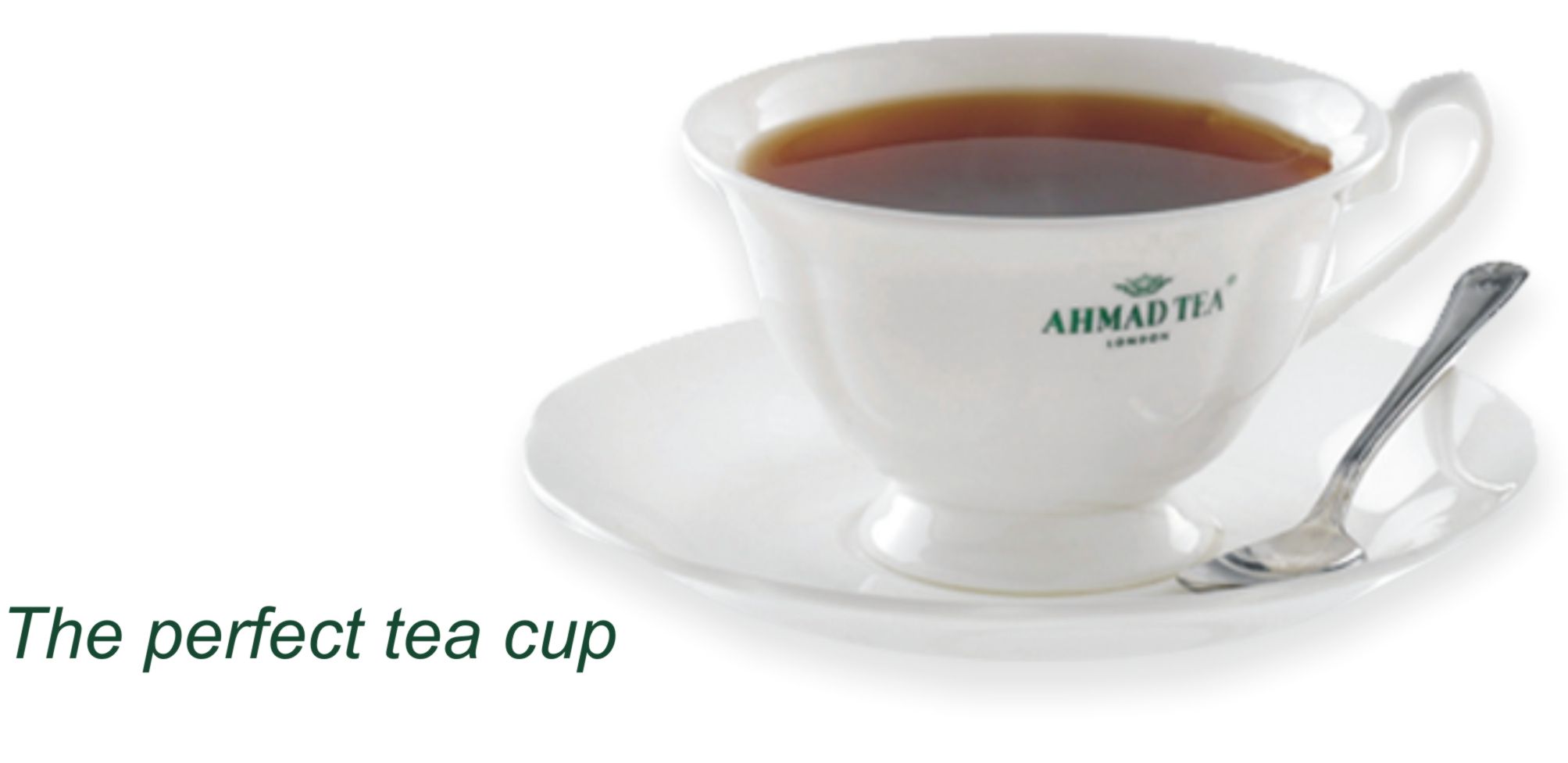THE LEGACY OF AHMAD TEA
Ahmad Tea is a UK-based family
business, drawing on four generations of tea blending and tasting
experience. Founded on a passion for the finest tea, we are
dedicated to the unique place that tea drinking commands at the
heart of daily life in Britain and beyond.
Over the years, as our reputation
grew and our reach spread, it became equally obvious that people
throughout the world shared this desire for a cup of tea that was
much more than simply refreshment, but an enjoyable, memorable and
satisfying experience.
THE AHMAD TEA PROCESS
Ahmad Tea products are subject to
rigorous quality control procedures from tea bush to the factory.
Only the finest, freshest and most flavorful tea leaves are
selected by our expert tea tasters to ensure that every single cup
of tea bearing the Ahmad Tea name matches the high expectations of
our customers. Below are the processes that are undertaken from
plucking to bulk tea packing.
It all starts with great
partnerships. For decades we have worked in close partnership with
many estates, gaining a deep understanding of the characteristics
of the tea they produce and a detailed insight into the methods
they employ. Our commitment to such a close partnership over so
many years is part of our investment in the ongoing quality of our
tea.

The top “two leaves and bud” are carefully and expertly plucked by the many pluckers employed by the garden. Harvesting the crop is a very labour- intensive process. The worker has to manually select the leaves and tips from the bush. Each bush is plucked every 5-10 days depending on the area in which it is grown. The steep hilly location prevents the use of high-tech equipment in most cases. This, however, is beneficial as it ensures that only the finest tips and leaves are plucked and that no foreign matter, such as twigs, find their way into the finished product. Ahmad Tea uses only hand-plucked teas.
Once collected the leaves are spread over a long tray and dried with hot air. In most cases this air is forced through small holes in the tray as it quickens the process. The leaves will turn supple after withering which prevents it from breaking into flakes when under the action of a CTC/orthodox machine. Besides reduction of moisture content, some biochemical changes occur in the leaves during withering which influence the characteristics of the made tea.
This stage breaks the veins of the leaves, releasing the juices (catechins and enzymes) essential in order to begin fermentation. During processing the leaves take on the final shape found in the Ahmad Tea caddies bought in shops across the world. There are two different methods of processing the leaf; Orthodox, primarily used for loose leaf tea, and C.T.C. (Crush-Tear-Curl).



Drying the leaf in an oven stops fermentation. The leaves are dried to a moisture content of approximately 2%, in order to prevent a musty taste. If the firing continues for too long the tea will adopt a poor, burnt taste.
Once the firing stage has been completed the leaves must be graded into differing sizes and categories before final bulk tea packaging. There are many grades of tea, for both the Orthodox and C.T.C methods, from dust through to whole leaves. Understandably, only about 5% of the total production retains its full leaf shape. As a result it is these leaves that command the highest prices. In general, though, quality is primarily determined not by the size of the leaf but by ensuring that leaves are plucked from the top two layers of the bush.
Our process culminates in the creation and recreation of each blend according to the palates, skill and experience of the Ahmad tea artisan tasters.
Also, the preservation of the tea's quality
over its long and intricate journey from the estate to our hands is
dependent upon the continuous care with which it is treated, tested
and tated resulting
in..........................
